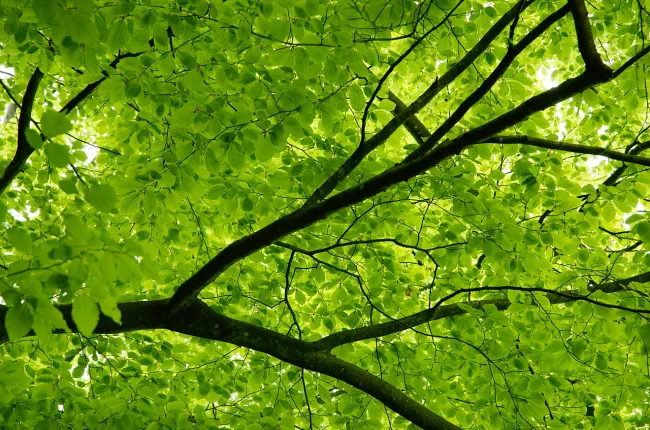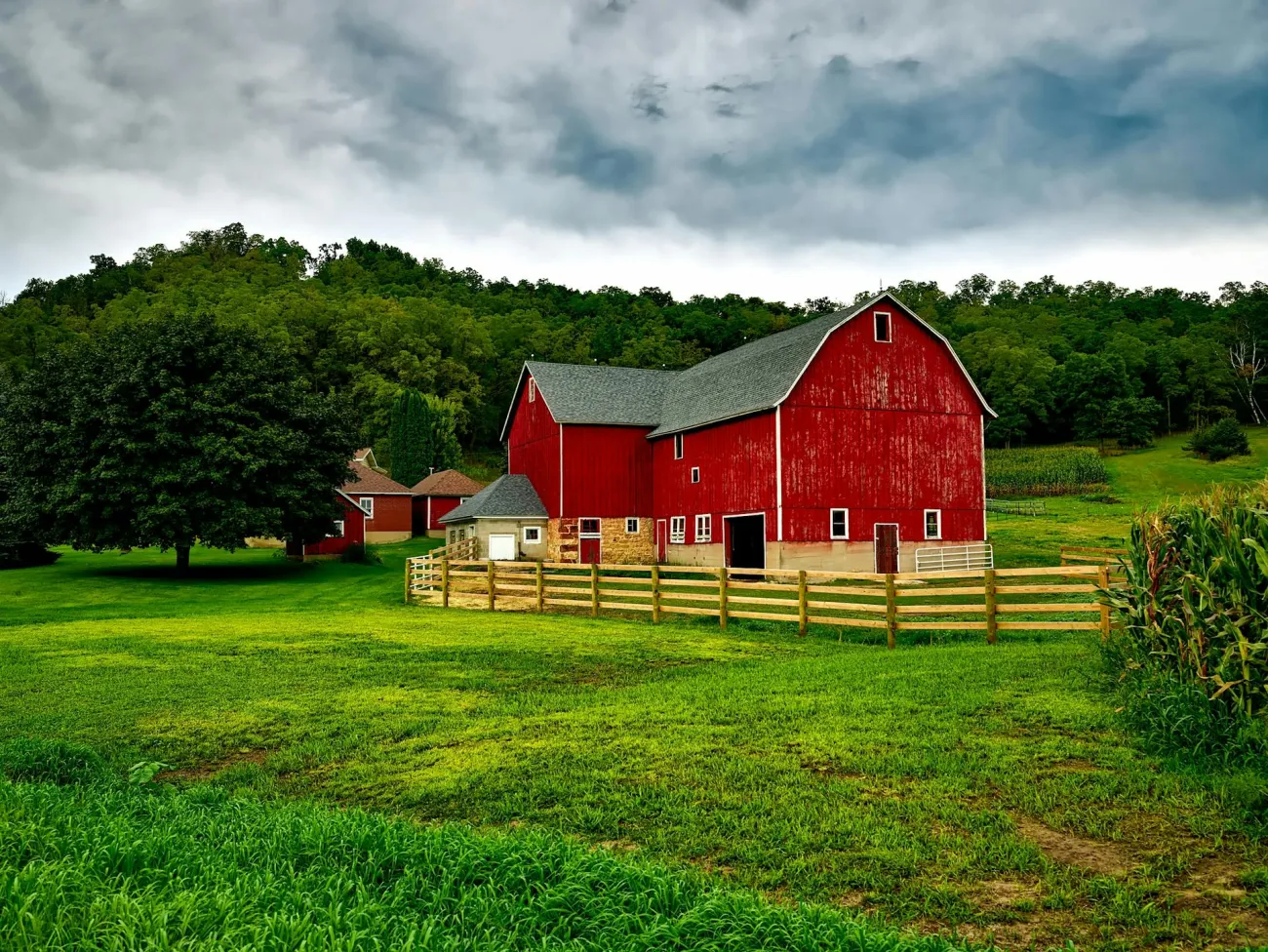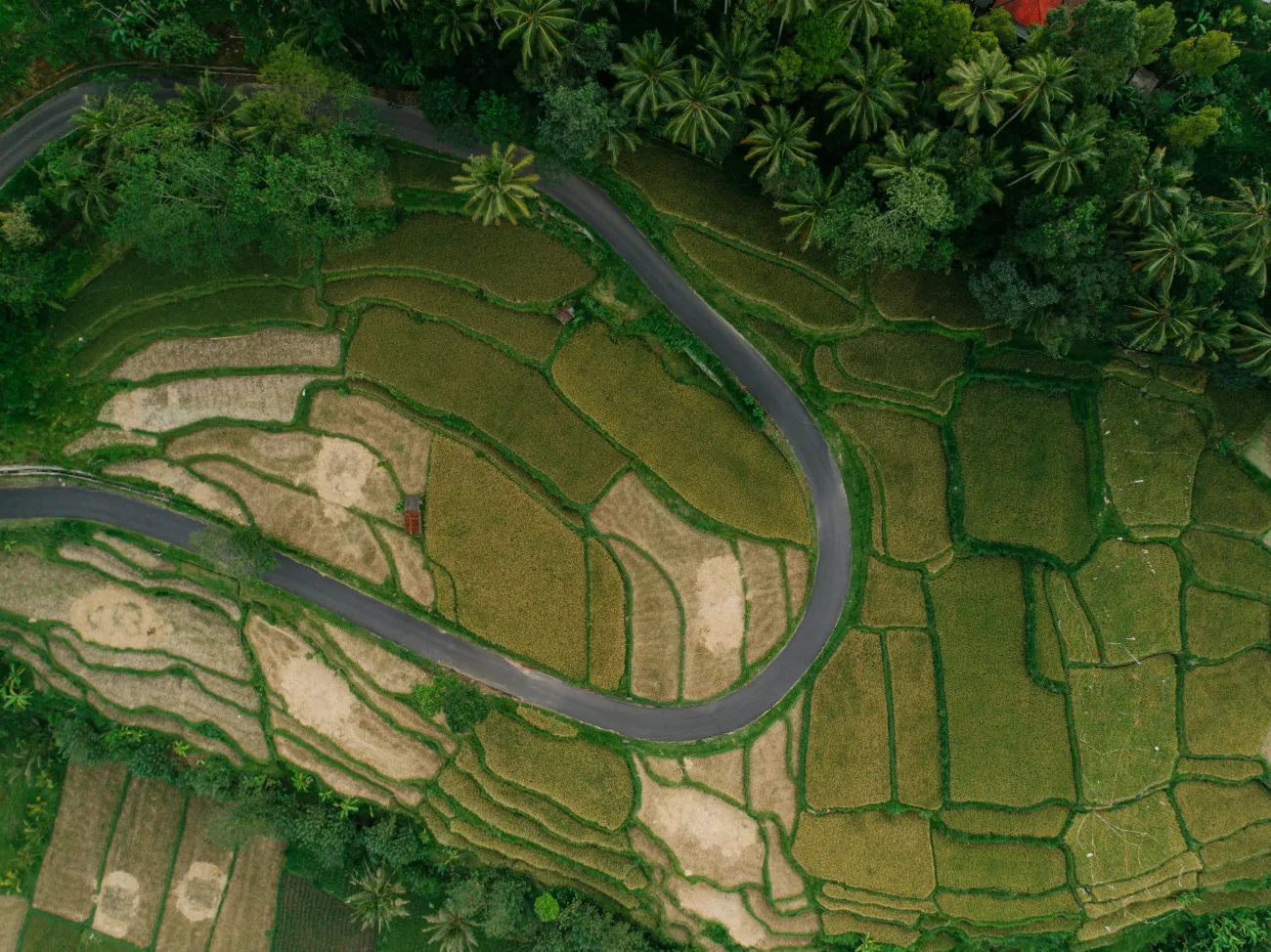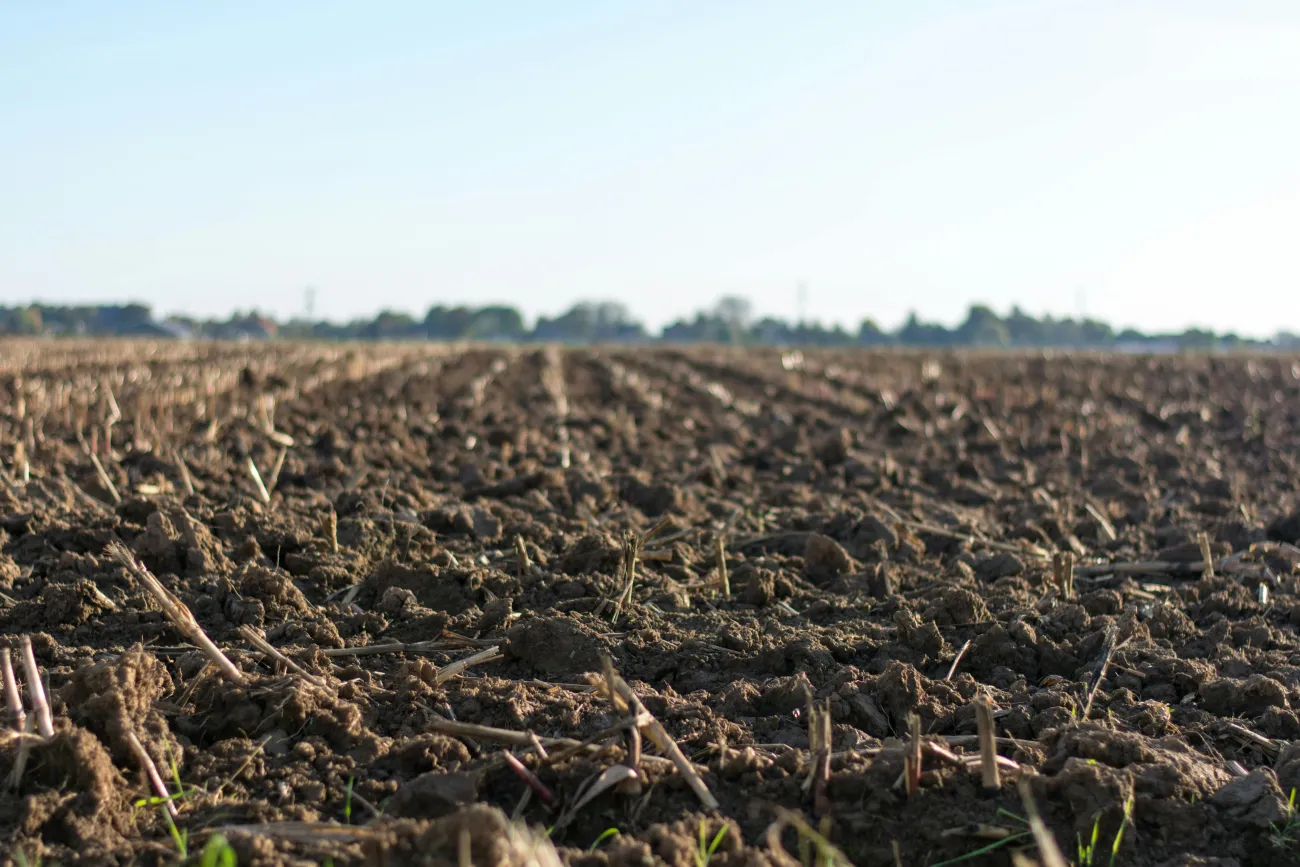This paper maps the potential for restoring forests across the world, finding that there is room for a 25% increase in forested area without interfering with existing forests or urban and cropland areas. This could store 205 Gt of carbon after several decades (for comparison, current emissions from fossil fuels and cement production are roughly 10 Gt of carbon each year).

The study used a machine learning model to predict potential tree cover across the globe, with predictions based on 10 soil and climate variables. The map produced shows that 8.7 billion ha, or around two-thirds of the total land area, is capable of supporting forest. Of this, 5.5 billion ha is already forested, and 1.4 to 1.5 billion ha is located on current cropland (>99%) or urban areas (<1%). This leaves 1.7 to 1.8 billion ha of land that could potentially support forests, but that is currently degraded or dominated by sparse vegetation, grasslands, and degraded bare soils. It is not clear what proportion of land that could potentially support forests is currently used for grazing livestock.
The study also evaluated total canopy area, which means that different types of forest can be accounted for (e.g. dense versus open growth patterns). On this basis, the paper finds that 0.9 billion ha of additional canopy area could be supported outside of existing cropland and urban regions, notably in Russia, the United States, Canada, Australia, Brazil and China.
The authors stress that any forest restoration initiatives must not damage existing natural ecosystems such as native grasslands.
Abstract
The restoration of trees remains among the most effective strategies for climate change mitigation. We mapped the global potential tree coverage to show that 4.4 billion hectares of canopy cover could exist under the current climate. Excluding existing trees and agricultural and urban areas, we found that there is room for an extra 0.9 billion hectares of canopy cover, which could store 205 gigatonnes of carbon in areas that would naturally support woodlands and forests. This highlights global tree restoration as our most effective climate change solution to date. However, climate change will alter this potential tree coverage. We estimate that if we cannot deviate from the current trajectory, the global potential canopy cover may shrink by ~223 million hectares by 2050, with the vast majority of losses occurring in the tropics. Our results highlight the opportunity of climate change mitigation through global tree restoration but also the urgent need for action.
Reference
Bastin, J. F., Finegold, Y., Garcia, C., Mollicone, D., Rezende, M., Routh, D., Zohner, C. M. and Crowther, T. W. (2019). The global tree restoration potential. Science, 365(6448), pp. 76-79.
Read the full paper here. See also the Foodsource building block What is land use and land use change?




Comments (0)